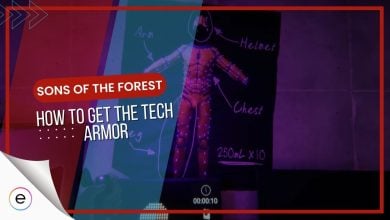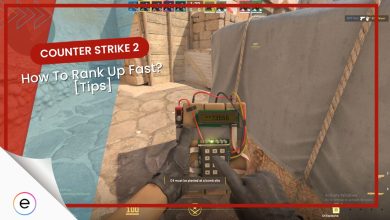Pacific Drive Review
Overall
-
Story And Setting
-
Gameplay
-
Visuals And Performance
Verdict
Pacific Drive is one of the most fascinating survival games I have ever played, and the sense of tension it manages to evoke is unmatched.
Pros
- Incredible Worldbuilding
- Excellent Narrative
- Addictive Gameplay Loop
- Car Companion
- Great Atmosphere
Cons
- Minor framerate Issues
I thought I knew what I was getting into when I booted up Pacific Drive for the very first time. I genuinely thought I was ready for what it had to offer me. As a big fan of the survival genre, I’ve played everything from multiplayer hits like Valheim, all the way to single-player masterpieces like Subnautica.
- Developer: Ironwood Studios
- Publisher: Kepler Interactive
- Release Date: 22 February, 2024
- Platforms: PC, PS5
- Game Length: 25 Hours
- Time Played: 30 Hours
- Editors Note: Our reviewer was able to test the game out on Steam thanks to the review code provided by Kepler Interactive.
However, I was truly unprepared for what Pacific Drive had to offer me. Not only is it one of the best survival games I have ever had the honor of playing, but it is an adventure in the most literal sense of the word. It is a masterpiece that has redefined my standards for the genre.
So join me now as I sing its praises and do so while spoiling as little about the game as possible.
Story And Setting
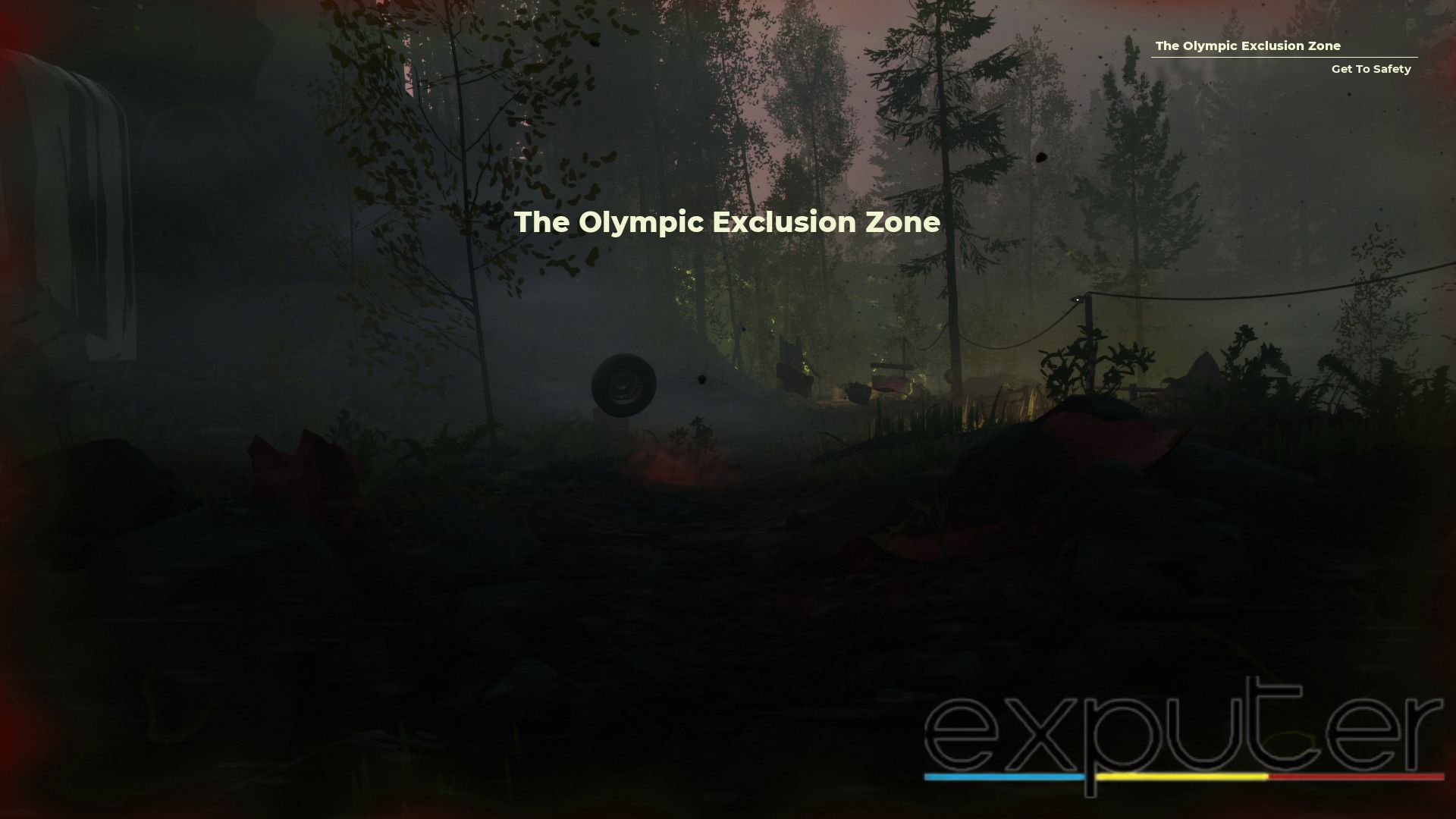
Taking place in an abandoned stretch of the Pacific Northwest known as the Olympic Exclusion Zone, players find themselves in the shoes of an unnamed protagonist who has been sucked into the area against their will. And almost instantly you learn that you might not be prepared for what’s inside.
Because you see, the Exclusion Zone is called that for a very specific reason. Otherworldly forces have made human habilitation inside it almost impossible, thanks to a range of anomalies that range from mildly annoying to utterly terrifying. And to be clear, this is not a horror game, but it’s still plenty spooky nonetheless.
What I found fascinating was that the anomalies never felt like they were out to get you, they felt like forces of nature that you just stumbled into.
Because these anomalies kept popping up throughout the journey to surprise and shock me in equal measure, and they always kept me on my toes in terms of what to expect next. What I found fascinating was that the anomalies never felt like they were out to get you, they felt like forces of nature that you just stumbled into.
Learning about the cause of these anomalies, and what happened inside the zone before you stumbled into it, was a narrative hook that sunk its claws deep into me and didn’t let go until I rolled credits.
You’re Not Alone
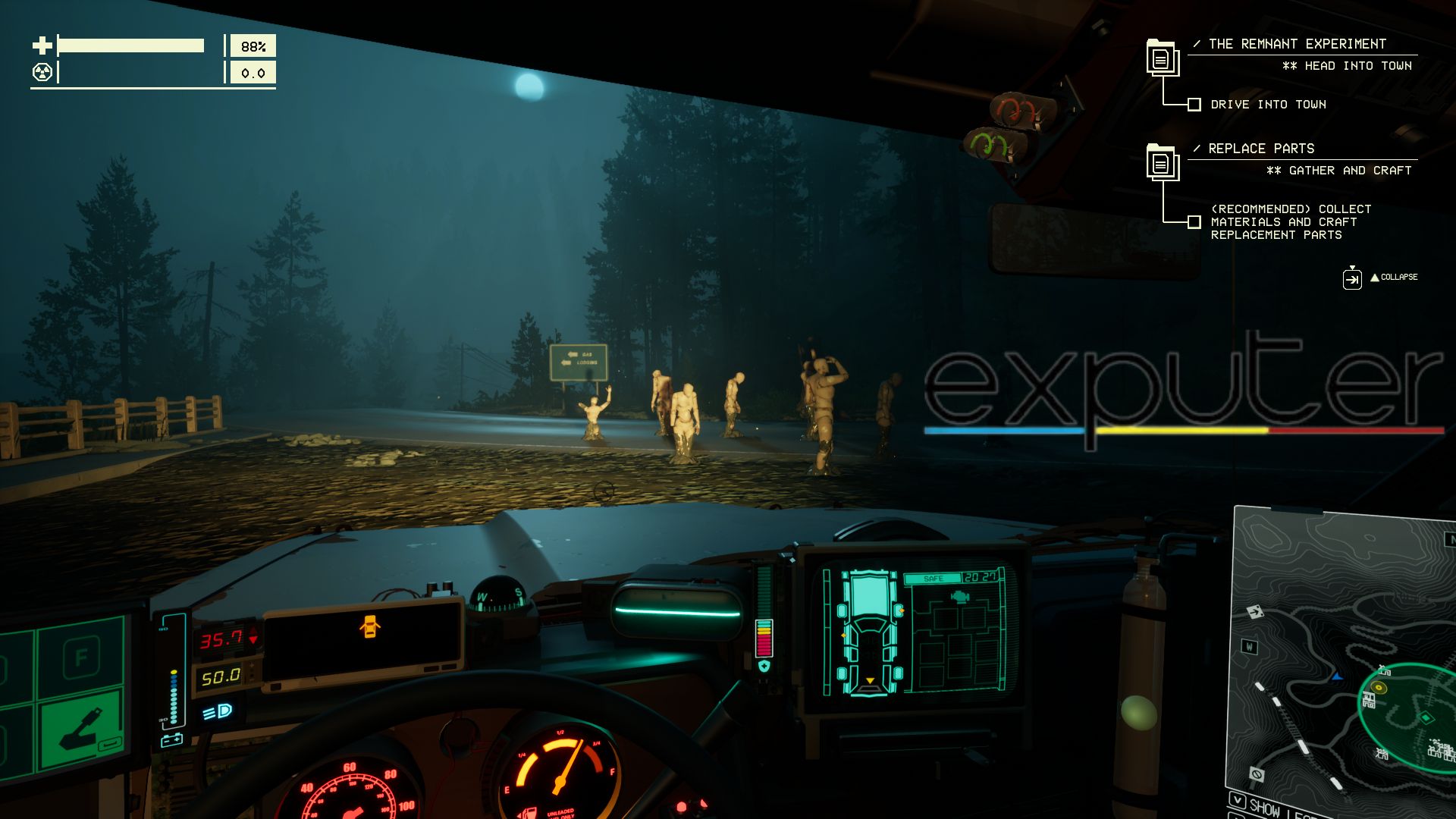
Apart from the driver, the area is also home to a few others, notably the 3 scientists who held my hand as I tried to find a way to leave the zone. They provided some excellent worldbuilding and banter during my long drives, and their constant voices in my ear were an excellent contrast to the otherwise bleakness of the world.
And speaking of driving, another key character in the game is your car. You find this rusted tin can at the very beginning, and learn soon after that you’re bonded to it via a supernational force. It quickly became my most trusted companion, serving as both transportation through, and refuge from, the hostile Exclusion Zone.
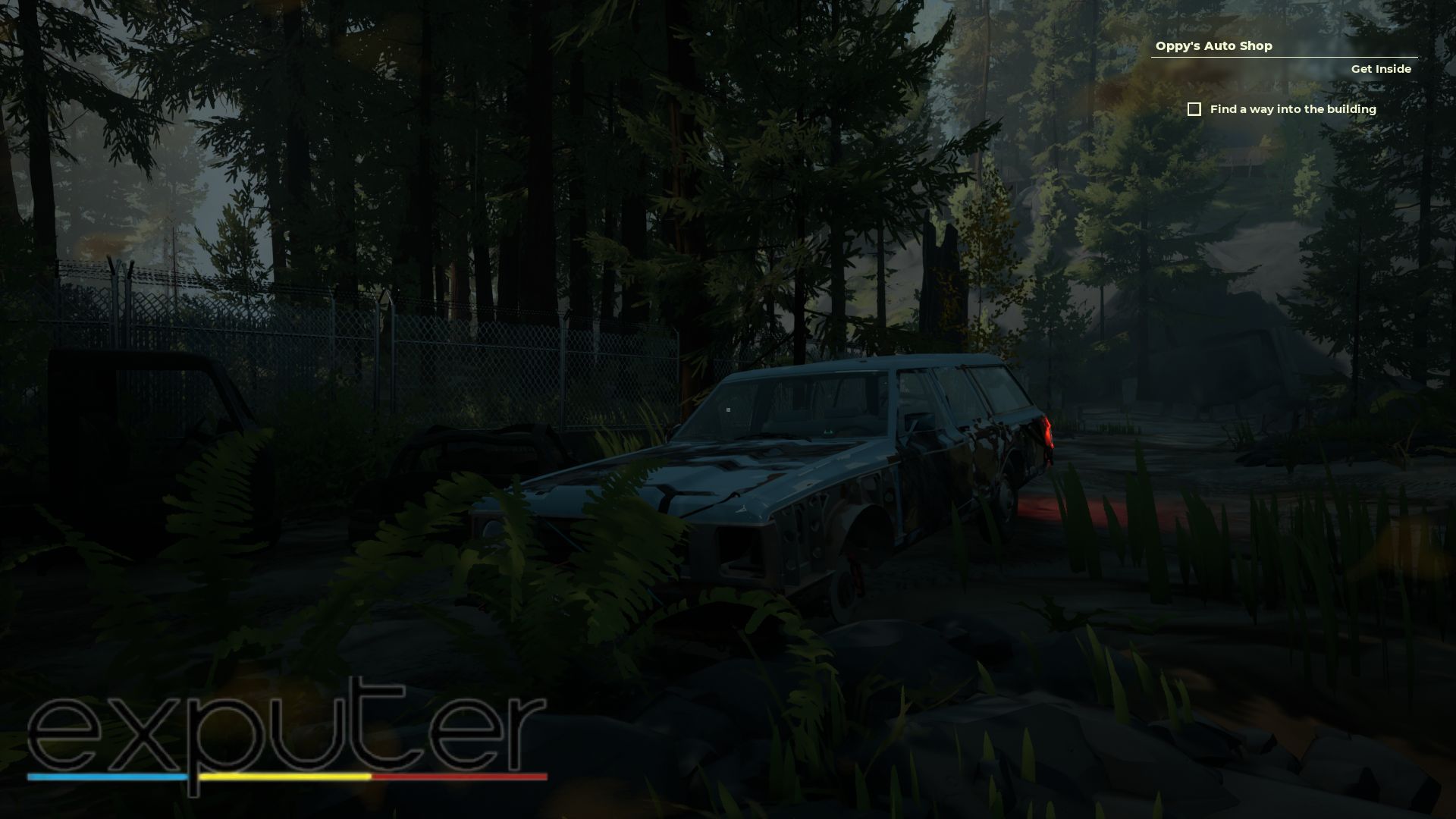
You protect and care for it, and it in turn does the same for you. It is the second most important character of the story, and I learned to love it during my time with the game.
Gameplay
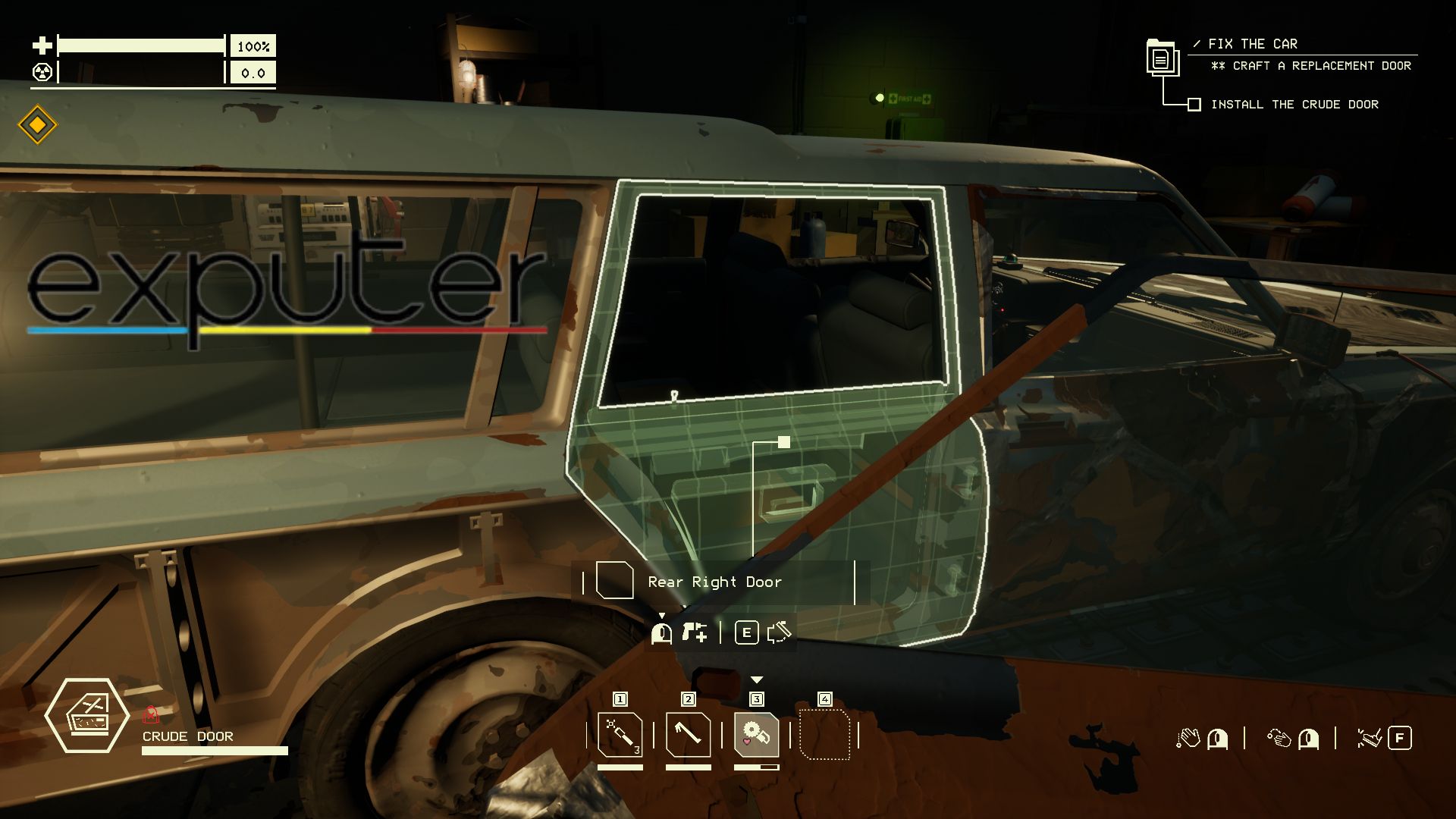
When venturing out into the exclusion zone from the relative safety of the Auto Shop that serves as your home base, you are at the mercy of all manner of supernatural forces, and your car serves as a literal home away from home in that regard. It shields you, acts as a storage, and you can even craft new items at it.
And, to be able to withstand the escalating hazards within the zone, I had to upgrade and maintain it constantly. The world is littered with all manner of containers and wreckage, and I made it my mission to loot and salvage as many raw materials as I could from them. And that there is the main gameplay loop of Pacific Drive.
What starts as a barely functioning vehicle, can be turned into a somewhat respectable hatchback a dozen hours in.
You venture out, grab resources, come back to the auto shop, and use your gathered loot to craft better and more advanced car parts and equipment to fit onto your wheels. So what starts as a barely functioning vehicle, can be turned into a somewhat respectable hatchback a dozen hours in.
Not All Who Wander Are Lost
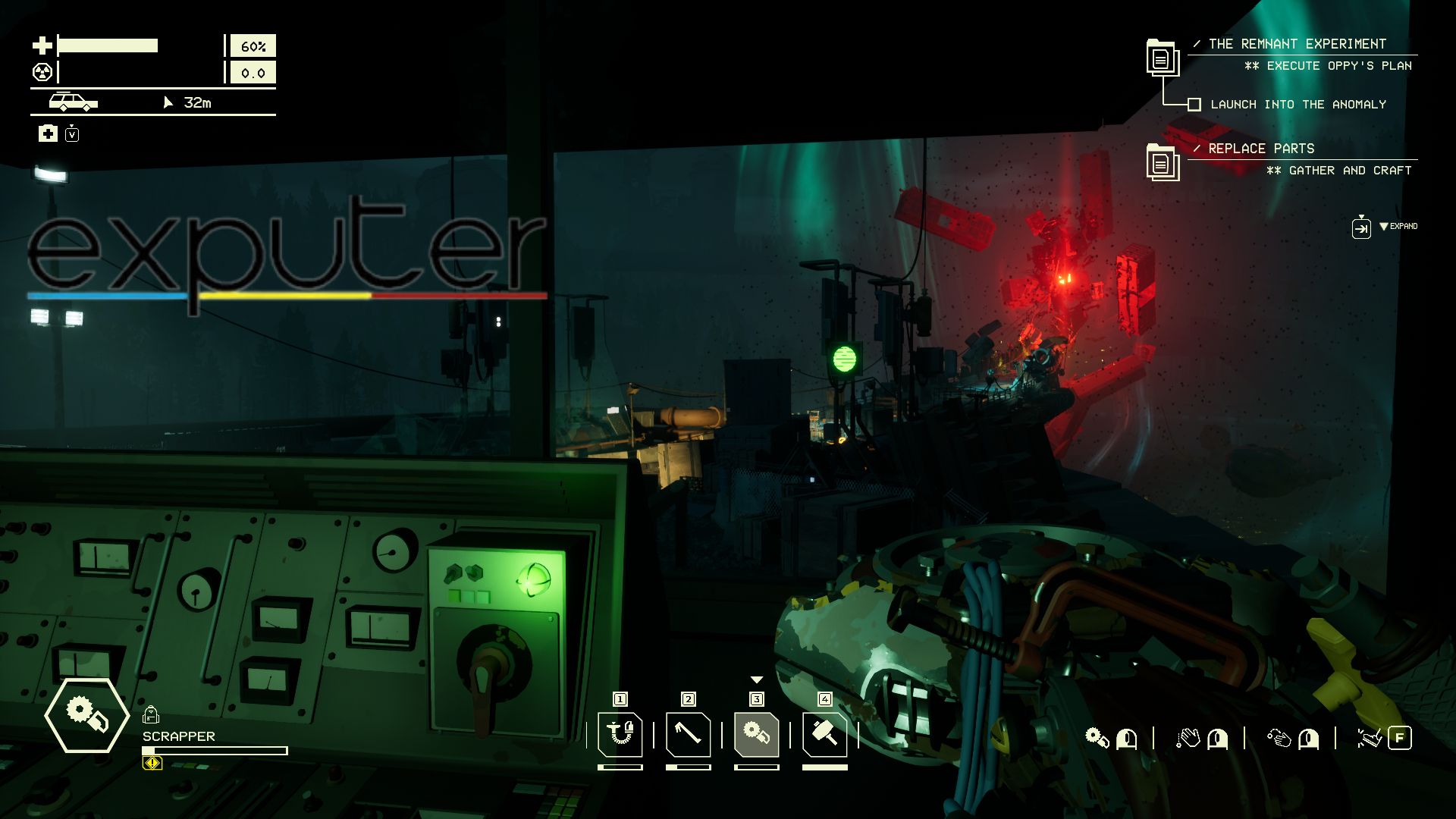
For some this loop can get a bit arduous, especially during the early hours when you’re still learning the ropes and your car is in a constant state of disrepair, but I personally loved it. I loved the concept of upgrading one, kind of shoddy-looking car, and turning it into something that was truly worth having.
Another aspect of the gameplay that kept the experience from getting repetitive for me was the mission design. Unlike a lot of other survival games that dump you into a map and give you the freedom to go wherever you want whenever you want, Pacific Drive has very specific narrative beats that it wants you to experience.
Pacific Drive has very specific narrative beats that it wants you to experience.
And to get you to experience them, it has a mission-based structure that sends you all over the zone to experience what it has to offer. So you’re not blindly venturing into the world to collect resources to upgrade your gear, you actually have tasks you have to accomplish while you’re out there.
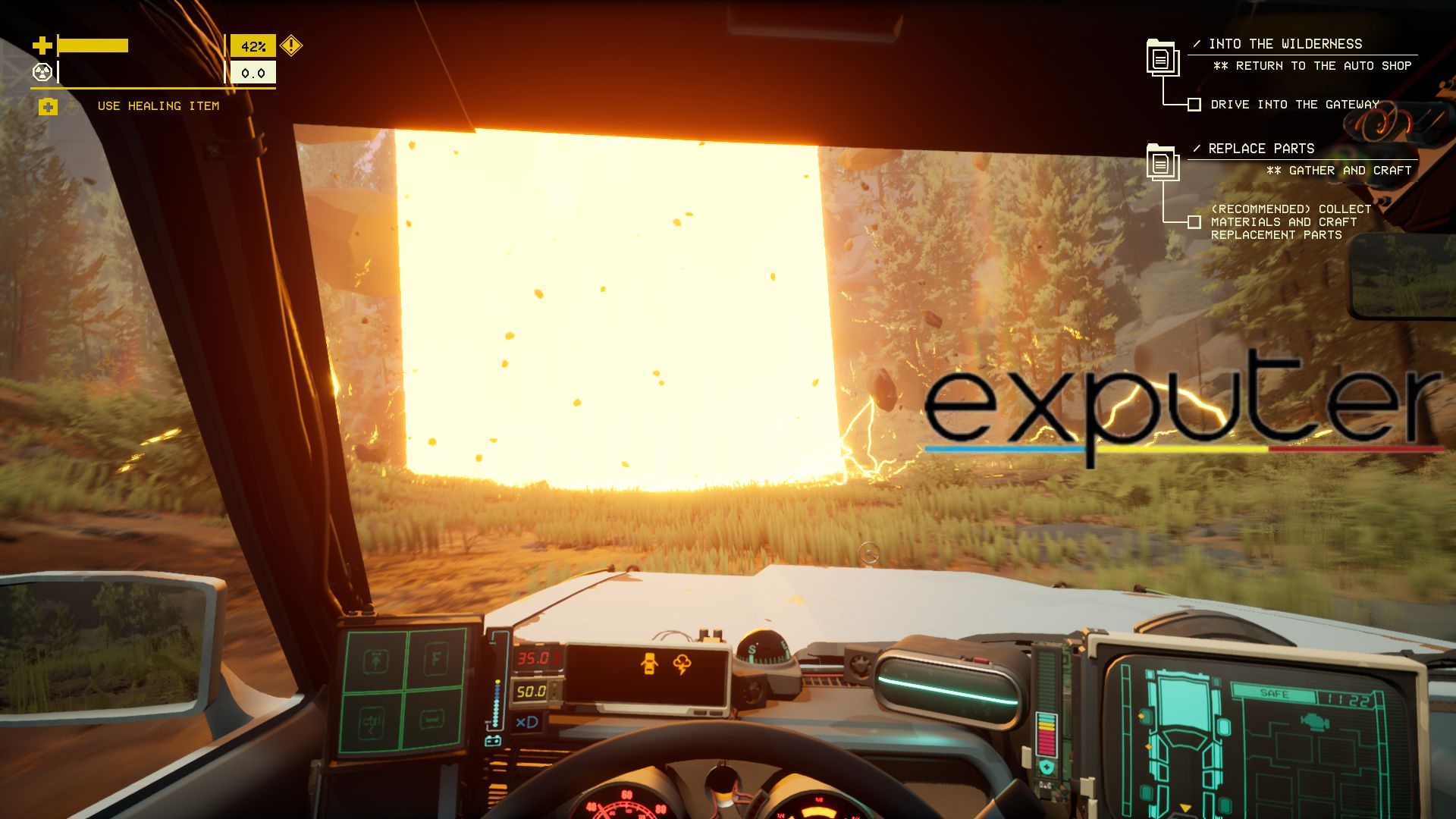
This alone makes trips feel so much more worthwhile, and I like how the game has simple tricks it uses to encourage you to explore and upgrade. Like how certain areas can only be accessed by passing through other areas along the way first, or how some locations are too dangerous to explore without improving your car.
But none of that would matter if the world of Pacific Drive wasn’t genuinely fascinating to explore, which it thankfully is. There’s something to discover around every corner, and I have loved exploring all of it. Oh, and did I mention that opening gateways is one of the coolest ways of retuning to base in any game ever?
Visuals And Performance
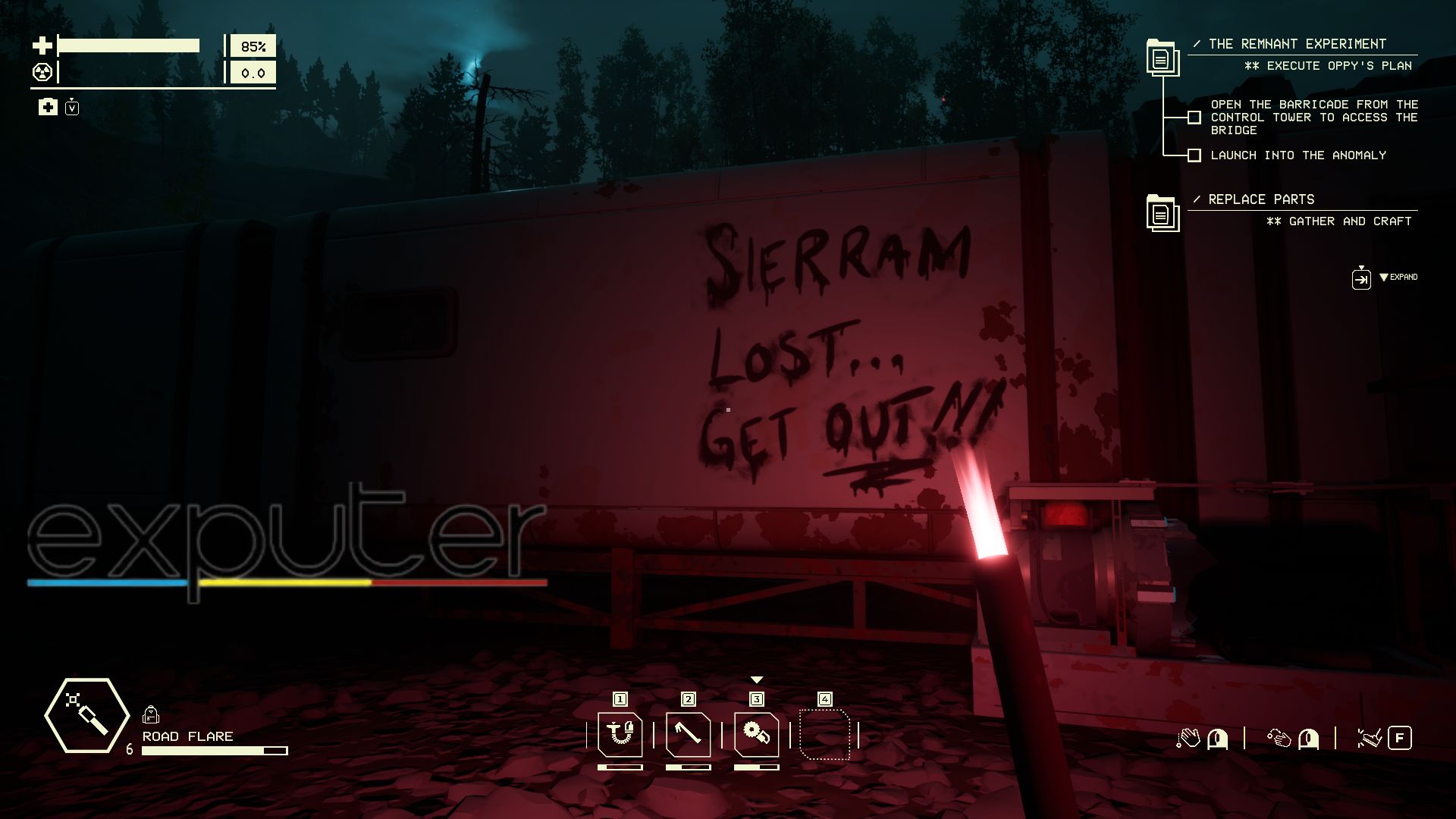
If we’re going to analyze the game purely in terms of graphical fidelity, then yeah, it’s not exactly the most impressive-looking title on the market. Many of its assets are fairly plain when observed up close, and you can just tell that it’s not really going for realism or anything of the sort.
Pacific Drive shines where it truly matters for a game like this, in terms of the atmosphere and the use of lighting and music to create a stark and frankly haunting rendition of the American Northwest. Most games struggle to make their worlds feel alive, but this one excelled at making me doubt if it was.
Most games struggle to make their worlds feel alive, but this one excelled at making me doubt if it was.
I’m also a really big fan how how the game uses simple effects to convey distortions in reality, whether it be in the form of floating tocks, ripples in space-time, or even weather effects that pop up out of nowhere. All of these serve to make the Exclusion Zone feel hostile and unwelcoming to any living soul inside it.
A Bump In The Road
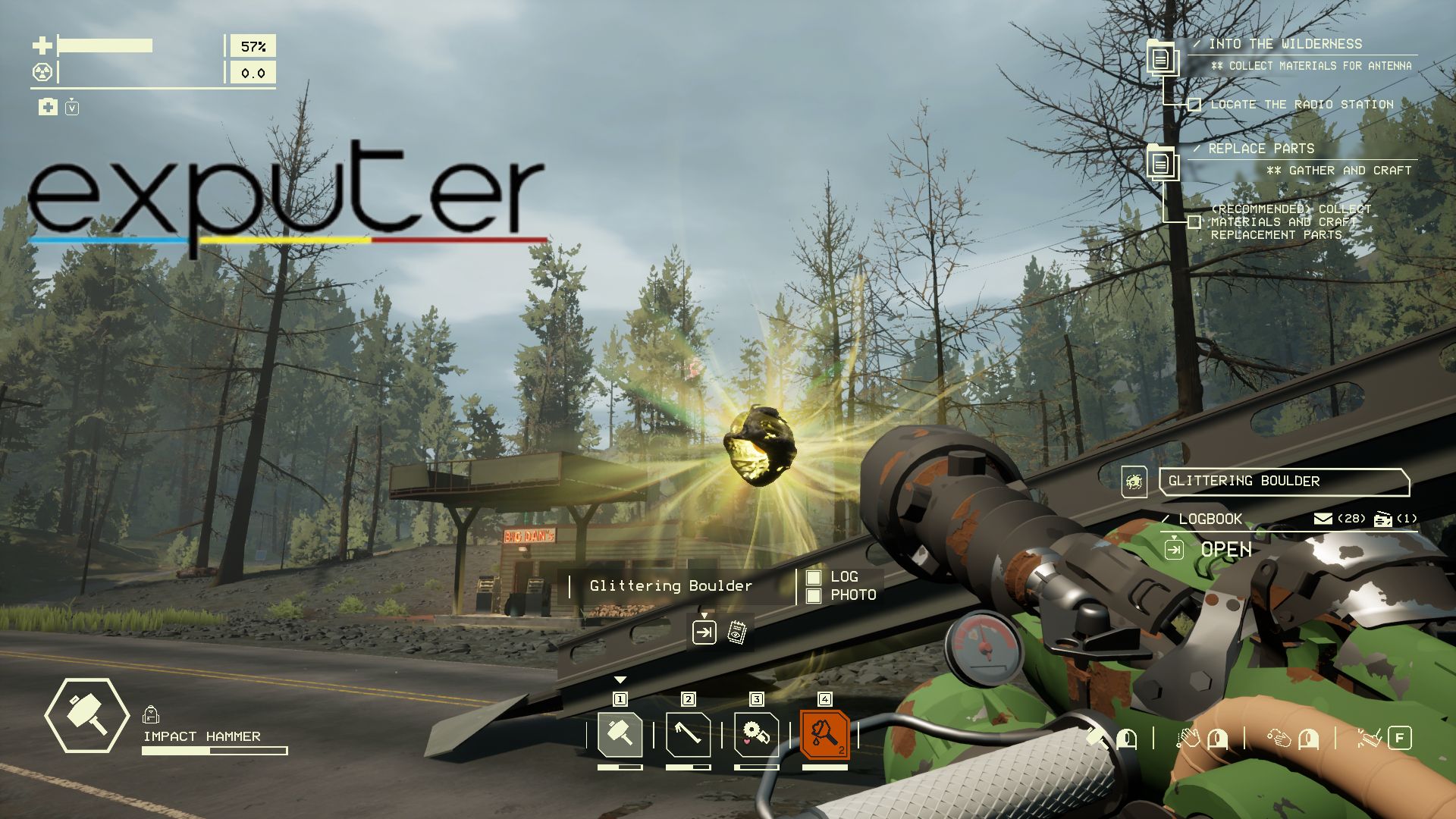
My only real complaint in this department is that the game has had some consistent performance issues even after launch. I tested the game on a GTX 1660 Super and I saw the occasional framerate drop on almost all graphical presets.
But in the game’s defense, these drops did basically nothing to hinder my otherwise incredible experience. Would a steady 60 FPS be appreciated? Absolutely, but I honestly don’t think it would change my opinion on the game much at this point.
Verdict

Pacific Drive is one of the most fascinating survival games I have ever played, and the sense of tension it manages to evoke is unmatched. Many horror games struggle to create scenarios as tense as the ones this game creates by simply having me drive down a dark road.
Its gameplay loop, with an emphasis on mission-oriented runs, manages to make each trip away from the Auto Shop feel meaningful and rewarding in a way few survival games do. And to top it all off, it manages to consistently surprise you and make you feel like you’re actually making new discoveries.
This has been our Pacific Drive Review. While you’re here, consider checking out some of our other articles.
- Expeditions: A MudRunner Game Review
- Final Fantasy 7 Rebirth Review
- Tomb Raider 1-3 Remaster Review
- The Outlast Trials Review
- Smalland Surive The Wilds Review
- Subnautica
- Subnautica: Below Zero
- Jalopy
- The Long Dark
- Dredge
Thanks! Do share your feedback with us. ⚡
How can we make this post better? Your help would be appreciated. ✍
